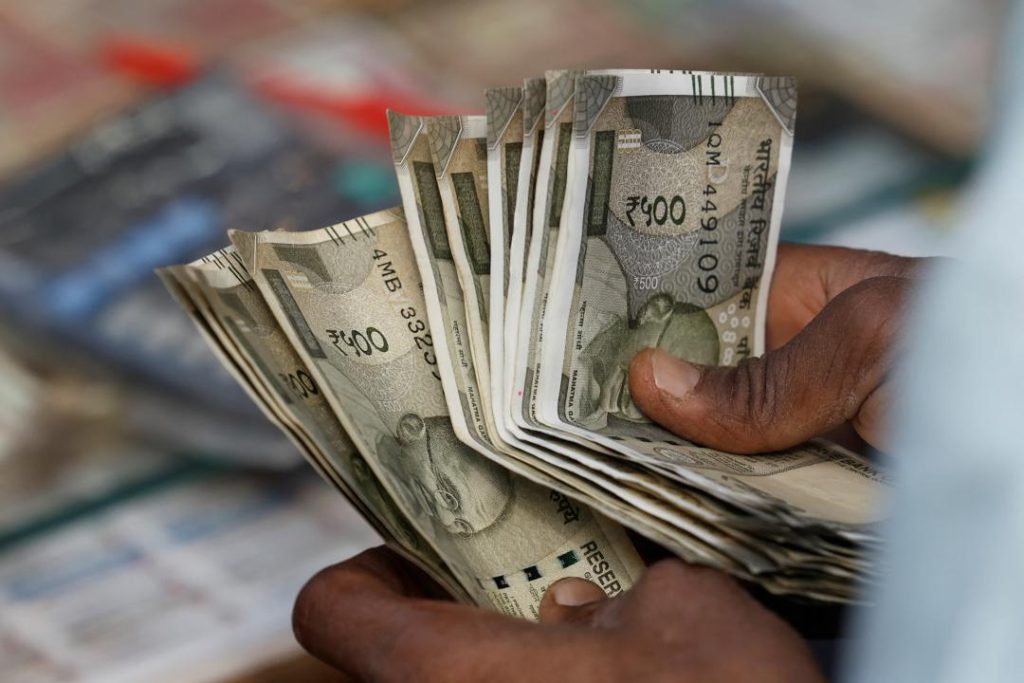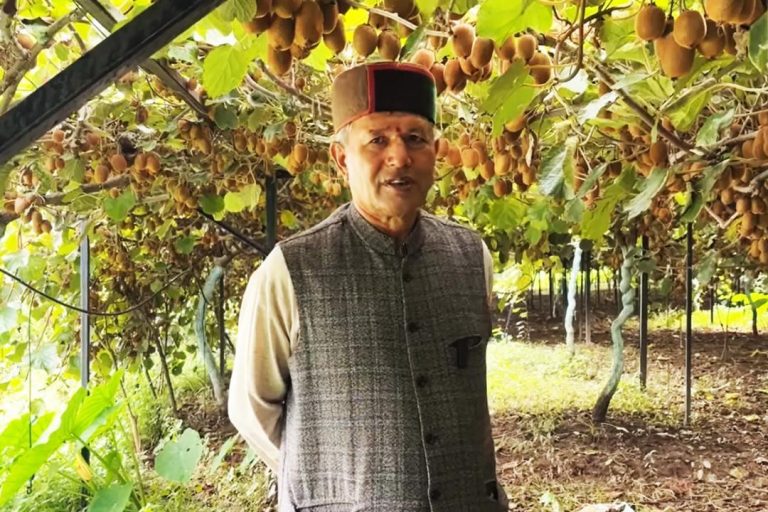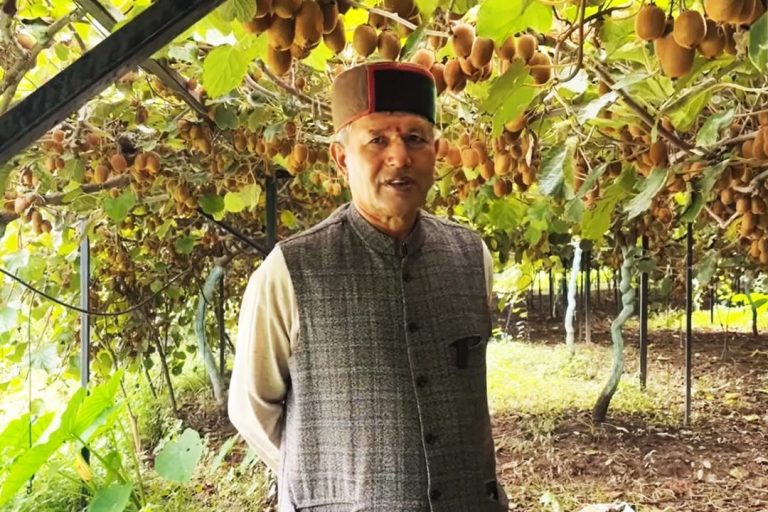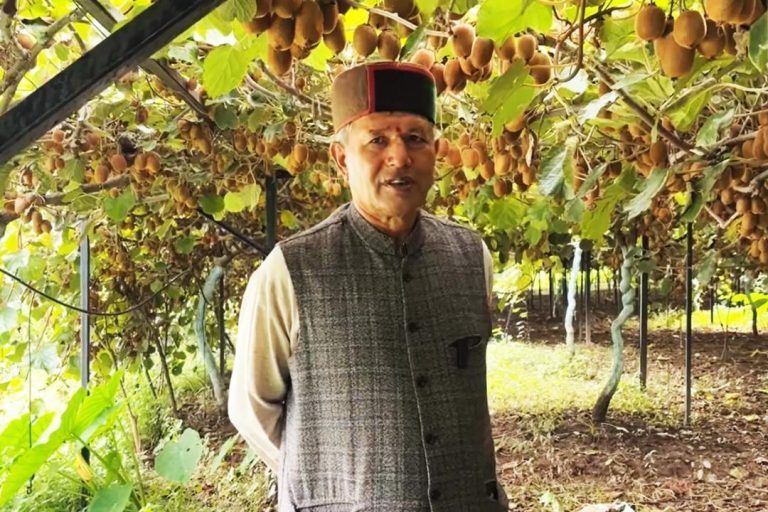
What Got Cheaper & Costlier in March as CPI Falls to 67-Month-Low of 3.34%?
The Consumer Price Index (CPI) in India has fallen to a 67-month low of 3.34% in March, indicating a significant decline in retail inflation. The data was released by the Ministry of Statistics and Programme Implementation, and it shows that prices of essential commodities have seen a mix of ups and downs. While some items have become cheaper, others have witnessed a rise in their prices.
What Got Cheaper?
Prices of eggs, vegetables, and pulses saw a considerable decline in March. This is likely to bring relief to consumers who were facing a surge in prices of these essential items in recent months. The prices of spices, meat, fish, housing, recreation, and amusement also saw a marginal drop. This is a welcome development, especially for households that depend on these items for their daily needs.
One of the most significant declines was seen in the prices of vegetables, which fell by 14.6% in March compared to the same period last year. This is a significant drop, considering that vegetable prices had been rising steadily over the past few months. The prices of pulses, which are a staple food in many Indian households, also saw a decline of 12.2% in March.
What Got Costlier?
While prices of some essential items have fallen, others have seen a rise. Fruit prices, for instance, saw a significant jump of 14.1% in March compared to the same period last year. This is likely to impact consumers who rely on fruits for their daily diet.
Prices of cereals, milk, oil, sugar, confectionery, clothing, snacks, sweets, pan, tobacco, footwear, fuel, and health and education also saw a marginal rise. While these price increases may not be significant, they could still put pressure on household budgets.
Why is Retail Inflation Falling?
The decline in retail inflation is attributed to a number of factors, including a good harvest season, a decline in global commodity prices, and a moderation in demand. The Indian economy has been experiencing a slowdown in recent months, which has led to a decline in demand for certain goods and services. This, in turn, has put downward pressure on prices.
Another factor that has contributed to the decline in retail inflation is the good harvest season. India has seen a good harvest season this year, which has led to an increase in the supply of essential commodities like rice, wheat, and pulses. This has put downward pressure on prices, making them more affordable for consumers.
What Does This Mean for Consumers?
The decline in retail inflation is a welcome development for consumers, who have been facing a surge in prices of essential commodities in recent months. With prices of eggs, vegetables, and pulses falling, consumers can expect to pay less for these items. This is likely to bring relief to households that depend on these items for their daily needs.
However, the rise in prices of some essential items, such as fruits and cereals, could still put pressure on household budgets. Consumers will need to be cautious and adjust their spending habits accordingly.
Conclusion
The decline in retail inflation is a positive development for the Indian economy, which has been experiencing a slowdown in recent months. The fall in prices of essential commodities like eggs, vegetables, and pulses is likely to bring relief to consumers, who have been facing a surge in prices of these items in recent months. However, the rise in prices of some essential items, such as fruits and cereals, could still put pressure on household budgets. Consumers will need to be cautious and adjust their spending habits accordingly.




